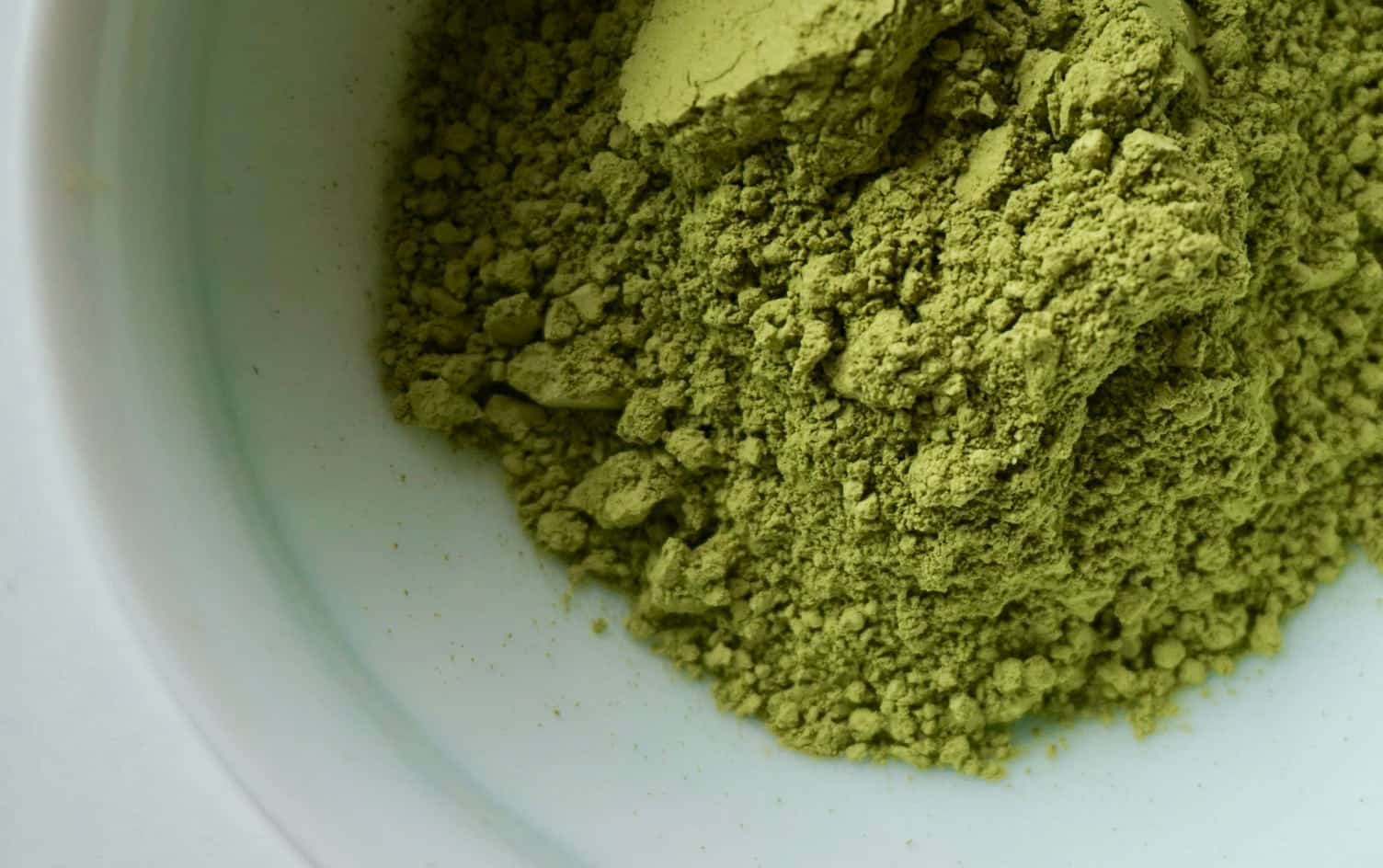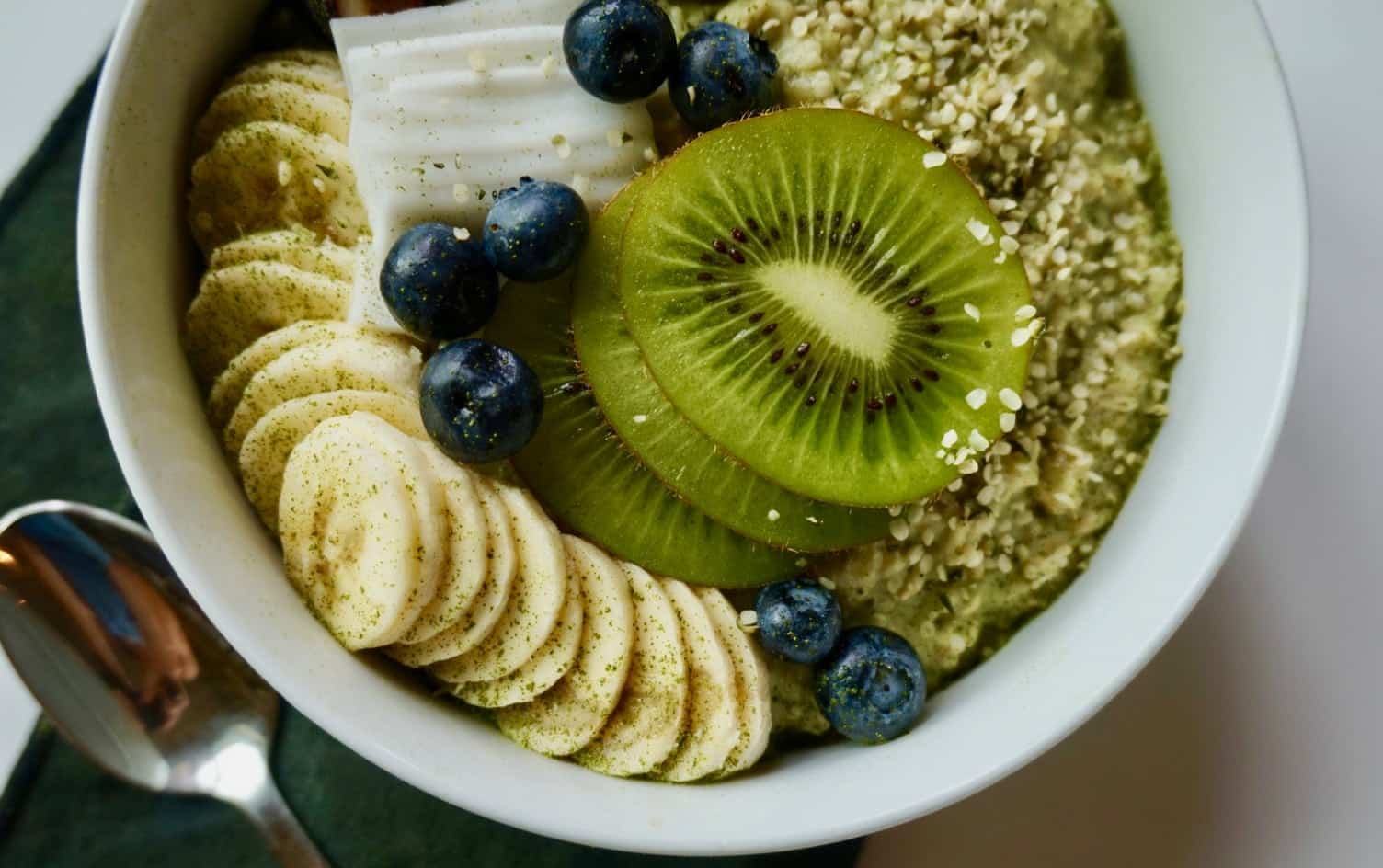Everywhere you go, there’s a sprinkling of the green stuff: matcha. Foodie Instagrammers are shooting their green lattes, chefs are sprinkling matcha powder over dishes, coffee shops are offering it as an alternative to cups of joe, and specialty matcha cafés are popping up all over the country.
Matcha is a finely ground powder made from high-quality green tea leaves. Traditionally, matcha tea leaves are shade-grown, hand-picked and hand-ground into powder to be consumed as tea. This particular process preserves the verdant green color and keeps the nutritional benefits of the leaves intact.

WHAT’S THE BUZZ ABOUT?
Matcha converts are sipping the green stuff for a sustained energy boost, loads of antioxidants, a “calm-alertness” (thanks to an amino acid called L-Theanine), a metabolism boost and a jitter-free caffeine-jolt. With 1 million and one ways to whisk matcha into our lives, the buzz is only going to grow.
HOW DO YOU “MAKE” A MATCHA?
Matcha tea is made ritualistically by adding hot (but not boiling) water to your cup and then vigorously, purposefully whisking with a special matcha whisk in an “M” shape to dissolve the tea into the water and create a froth on top. The tea is then drunk from the same small vessel in which it was prepared, in just a few mindful, but quick, sips. (Pro tip: The tea will eventually settle to the bottom of the cup, so it’s important to drink it quickly so as to ingest the tea.) This isn’t some kind of giant cup of coffee that sits on your desk and gets cold; matcha must be prepared within a few moments before consuming, which brings a sense of the present-moment to the drink — one of the best virtues among matcha devotees: The ritual is part of the joy of drinking matcha.
HOW DO I MAKE IT AT HOME?
To make a high-quality, creamy, dreamy matcha experience at home, you’ll need some patience, a few pieces of equipment and good quality tea. There are several different grades of matcha available, at price points ranging from $8–$60 an ounce. The $8 stuff is for baking and cooking (as we show below) and the highest-end powders are for matcha aficionados. Start somewhere at the lower-to-middle range to find your sweet spot. (And remember: A typical tin of tea lasts months.)
From there, you’re free to whisk matcha into your life, and since you’re making matcha at home, the sky is really the limit. When making lattes, try mixing matcha into coconut or almond milk. (Many feel dairy milk cancels out some of the flavors of the tea, and so an earthy almond milk is highly recommended.) After that, the technique is pretty simple: Just add liquid and whisk.
Here’s a recipe for our favorite Matcha Coconut Latte.
WHAT ELSE CAN YOU DO WITH MATCHA?
In addition to a creamy, dreamy matcha latte, matcha is fun to whir into cool beverages in the summer, stir into baked goods or spice mixes and sprinkle over anything that can benefit from an earthy, herbal kick. One of our favorites is this Matcha Vanilla Oatmeal.

MATCHA VANILLA OATMEAL
Ingredients
1 cup (90g) quick-cooking oats (gluten-free if needed)
1 cup (235ml) water
Pinch of salt, plus more to taste
1 cup (250ml) almond milk (homemade is best!)
1/2 teaspoon vanilla extract
1 teaspoon high-quality matcha powder
1 tablespoon maple syrup
1 medium banana, for topping (can substitute with fruit of choice like kiwi, grapes or shredded coconut)
1 tablespoon hemp seeds, for topping
Directions
Bring water to a boil in a pot. Add the oats, a pinch of salt and the almond milk, reduce heat to low and cover; let simmer for 8–10 minutes or until the oats are tender. (*May vary depending on your oats, check your package directions)
Once the oats are cooked, turn off the heat and stir in vanilla extract, matcha powder and maple syrup. Mix until well combined.
Divide into two bowls or jars and top with fresh fruit and hemp seeds.
Serves: 2 | Serving Size: 1 cup
Nutrition (per serving): Calories: 288; Total Fat: 6g; Saturated Fat: 1g; Monounsaturated Fat: 2g; Cholesterol: 0mg; Sodium: 88g; Carbohydrate: 53g; Dietary Fiber: 6g; Sugar: 17g; Protein: 8g




